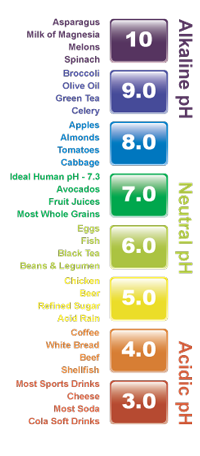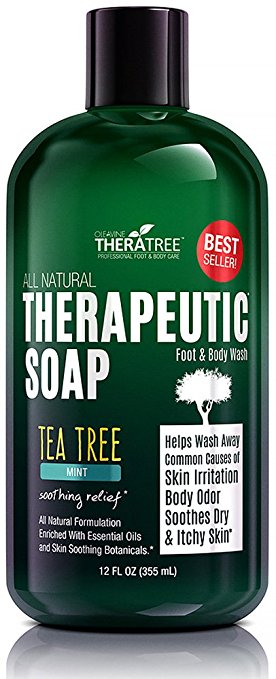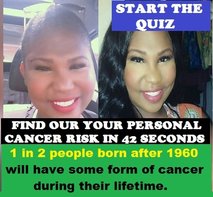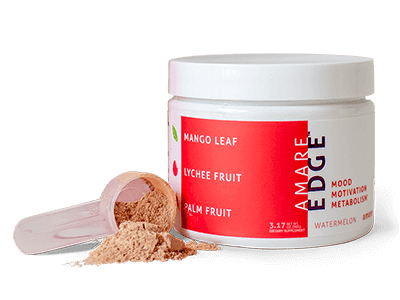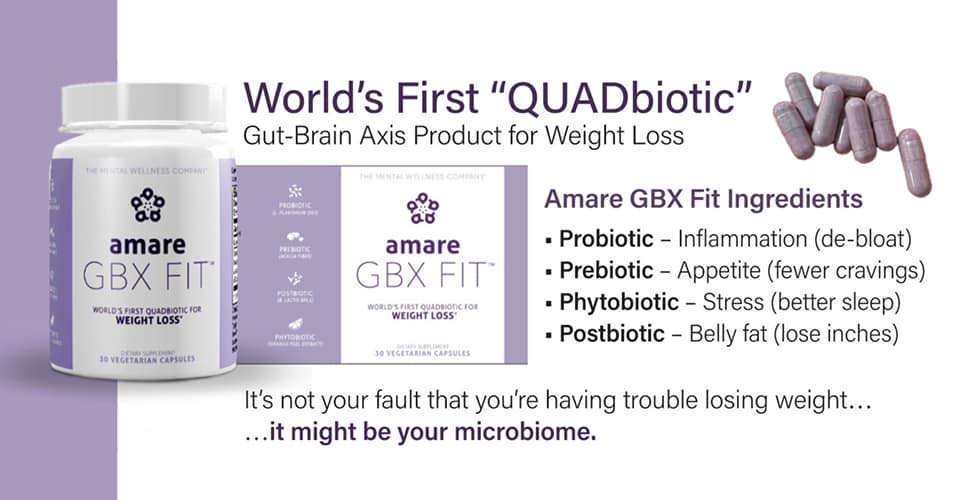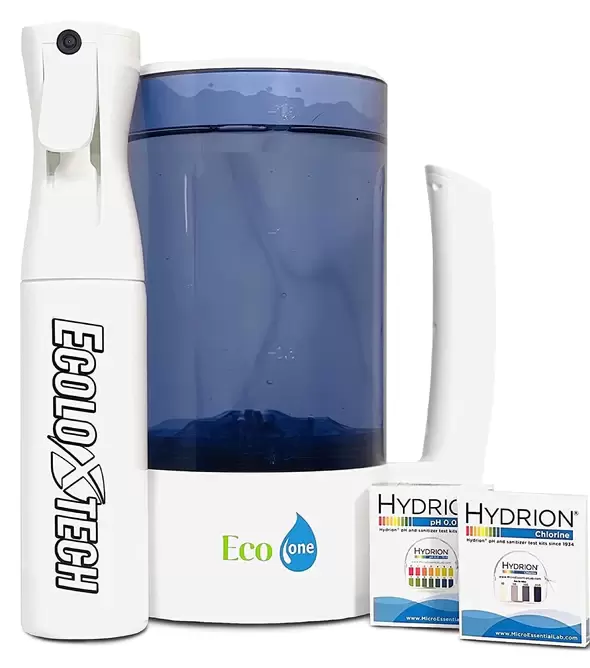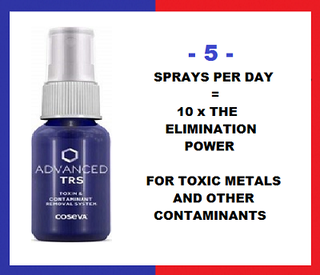|
YOUR BODY NEEDS WATER Your body is comprised of about 65 percent water, which is needed for a number of physiological processes and biochemical reactions, including but not limited to:
Once your body has lost between one to two percent of its total water content, it will signal its needs by making you feel thirsty. Using thirst as a guide to how much water you need to drink is one obvious way to ensure your individual needs are met, day-by-day. However, by the time your thirst mechanism actually kicks in, you’re already in the early stages of dehydration, so you don’t want to ignore the initial sensations of thirst. Hunger—sugar cravings in particular—can also be a sign that your body is crying for water, so as noted in the featured video, when you feel hungry, drink a glass of water first. So, in addition to thirst, which is an obvious signal, other signals indicating you need to drink more water include: 6,7
Severe dehydration can be life threatening, but even mild dehydration can cause problems ranging from headaches and irritability to impaired cognition. It can also affect your sports performance, as noted in a recent CNN report:8 CHRONIC DEHYDRATION CAUSES SICKNESS AND DAMAGES TO YOUR ORGANS Over a long-term period of daily drinking insufficient water, chronic diseases may develop: Asthma and Allergies: When dehydrated, your body will restrict airways as a means to conserve water. In fact, the rate of histamine produced by your body increases exponentially as the body loses more and more water. Bladder or Kidney Problems: With a dehydrated body, the accumulation of toxins and acid waste creates an environment where bacteria thrive, resulting in the bladder and kidney to be more prone to infection, stones formation, inflammation and pain. Constipation: When short of water, the colon is one of the primary regions the body draws water from, in order to provide fluids for other critical body functions. Without adequate water, wastes move through the large intestines much more slowly or sometimes not at all, resulting in constipation. Digestive Disorders: A shortage of water and alkaline minerals such as calcium and magnesium, can lead to a number of digestive disorders, including ulcers, gastritis and acid reflux. Headaches and Migraines: Headaches and migraines could be a sign of dehydration. Being dehydrated deprives fluid sacks around your brain cells to undergo pressure. Here’s an almost instant remedy solution you can do. High Blood Pressure:
The blood is normally about 92% water when the body is fully hydrated. When dehydrated, the blood becomes thicker causing resistance to blood flow and resulting in elevated blood pressure. High Cholesterol: When the body is dehydrated, it will produce more cholesterol to prevent water loss from the cells. Joint Pain or Stiffness: All joints have cartilage padding which is composed mainly of water. When the body is dehydrated, cartilage is weakened and joint repair is slow resulting in pain and discomfort. Skin Disorders: Dehydration impairs the elimination of toxins through the skin and makes it more vulnerable to all types of skin disorders, including dermatitis and psoriasis, as well as premature wrinkling and discoloration. Sweet-tooth Cravings: Your body needs water to help process nutrients, including glycogen. When you are dehydrated, your body may be signaling to you that you need sugar, which often presents itself as sugar cravings for cakes and other unhealthy goodies. Drink water or a freshly-extracted juice instead. Weight Gain, Constantly Feeling Hungry: When dehydrated, cells are depleted of energy to burn fuel. As a result, people feel tired and hungry, leading them to eat more when in reality, the body is just dehydrated. THE COLOR OF YOUR URINE A HYDRATION MARKER The oft-repeated guideline is to drink eight 8-ounce glasses of water per day, but considering the fact that your water needs can vary significantly from day to day depending on factors such as your activity level and weather conditions, this suggestion may be inadequate. In reality, it’s virtually impossible to determine a general guideline that will apply to everyone, all the time. As noted in the video above, the Institute of Medicine recommends a much higher average water intake, suggesting women drink 2.7 liters or 91 ounces of water per day, and men 3.7 liters, or 125 ounces. The featured study 9 used urine concentration to evaluate hydration status, and looking at the color of your urine is perhaps one of the best ways to track your individual hydration status from day to day. Concentrated, dark-colored urine is a sign that your kidneys are retaining fluids to maintain your bodily functions, and is a good indication that you need more water. Ideally, you’ll want to drink enough water to turn your urine a light-colored yellow. Also please realize that riboflavin (vitamin B2; also found in most multi-vitamins) will turn your urine a bright, almost fluorescent yellow. So if you’re taking supplements containing B2, it may be more difficult to judge your water needs by the color of your urine. Frequency of urination can also be used to judge your water intake. A healthy person urinates on average about seven or eight times a day. If your urine is scant or if you haven’t urinated in several hours, that too is an indication that you’re not drinking enough. BEING DEHYDRATED IS AS DANGEROUS AS BEING DRUNK At the beginning stage of dehydration, you’re more prone to irritability and fatigue. Your cognitive functions, including your ability to concentrate also take a hit, and this can have serious ramifications if you’re behind the wheel. According to a recent study published in the journal Physiology and Behavior,10 dehydrated drivers made twice the amount of errors during a two-hour drive compared to hydrated drivers. Remarkably, this is similar to driving drunk! As reported by CNN:11 “Since often people purposely avoid drinking prior to a long road trip to prevent bathroom stops, dehydration could increase the risk of traffic accidents.” For these tests, hydrated drivers drank 200ml every hour, compared to dehydrated drivers who received only 25ml of water an hour. As reported by The Daily Mail:12 “During the normal hydration test, there were 47 driving errors. That number rose to 101 when the men were dehydrated – the same mistake rate as that when drivers were either sleep deprived or at the drink-drive limit. The researchers…think dehydration leads to reduced brain activity as well as a drop in alertness and short-term memory…The researchers wrote…’Body water losses have been shown to impair performance in a variety of tests of both physical and mental performance… ‘The level of dehydration induced in the present study was mild and could easily be reproduced by individuals with limited access to fluid over the course of a busy working day.’” DRINK PURE WATER TOWARDS HEALTH It’s important to recognize that your body loses water throughout each day, even when you’re not sweating, and that you need to constantly replenish this fluid loss. While soda, fruit juices, sports drinks, energy drinks, and other beverages typically contain a fair amount of water, they are poor substitutes for pure water, and generally do not count toward this requirement. Soda and energy drinks, for example, are high in caffeine, which acts as a diuretic that will actually dehydrate you, so they’re a terrible choice for quenching your thirst. In fact, have you noticed that you tend to get thirstier the more soda you drink? The sugar is addictive, which contributes to this phenomenon, but dehydration also plays a role. Worse yet, sodas, fruit juices, sports drinks, and other sweetened beverages typically contain processed fructose, which is a primary driver of obesity and metabolic dysfunction. Just one can of soda per day can add as much as 15 pounds to your weight over the course of a single year. One soda per day also increases your risk of diabetes by 85 percent, and frequent soda drinkers have higher cancer risk. So to stay hydrated, drinking pure water is key. This is true when exercising as well. Many still believe that sports drinks are the best alternative to replenish lost fluids and electrolytes when working up a sweat, but that’s simply not true. WHY SPORTS DRINKS ARE BEST AVOIDED The majority of people believe that sports drinks like Gatorade are far better to drink than water when you’re dehydrated because of electrolyte replacement. Avoid this common mistake, as nothing could be further from the truth. More important than the electrolytes are sugar, and most sports drinks contain two-thirds or even more sugar than sodas, typically in the form of high-fructose corn syrup (HFCS). Many also contain artificial flavors and food coloring, none of which contribute to optimal health. Fructose is primarily metabolized by your liver, because that is the only organ that has the transporter for it and is the main cause of non-alcoholic fatty liver disease (NAFLD). In your liver, fructose is metabolized much like alcohol, causing mitochondrial and metabolic dysfunction in the same way as ethanol and other toxins. And just like alcohol, your body turnsfructose directly into fat—hardly what you need after a good workout. If your sports drink is low-calorie and sugar-free, it likely contains artificial sweeteners, which may be even worse for you than fructose. In addition to that, consuming sugar after exercise will negatively affect your insulin sensitivity—and your human growth hormone (HGH) production if you’re doing high intensity exercise. Most sports drinks also contain high amounts of sodium (processed salt), which is meant to replenish the electrolytes you lose while sweating. It is very easy and inexpensive to address the electrolyte replacement issue simply by adding a small amount of natural, unprocessed salt, such as Himalayan salt, to your water. Contrary to processed salt, this natural salt contains 84 different minerals and trace minerals that your body needs for optimal function. Another excellent option when you’re sweating profusely is coconut water. It’s one of the highest sources of electrolytes known to man. Some remote areas of the world even use coconut juice intravenously, short-term, to help hydrate critically ill patients and in emergency situations. Also, fresh fruits are full of potassium and other important minerals that help address the missing electrolytes one looses in sweat. Just remember to eat the whole fruit, not fruit juices. BEVERAGES THAT PROMOTE POOR HEALTH While many have become savvy about the health hazards of soda, many are still under the mistaken belief that boxed fruit juice is a healthy beverage. This is a dangerous misconception fueling rising rates of weight gain, obesity, fatty liver disease, high blood pressure, and type 2 diabetes in the United States and other developed nations—especially among children. One eight-ounce glass of orange juice has about eight full teaspoons of sugar, and at least 50 percent of that sugar is fructose. That’s almost as much as a can of soda, which contains approximately 10 teaspoons of sugar. Fruit drinks, on the other hand, will likely contain high-fructose corn syrup, just as soda does. In fact, soda giants like Coca-Cola, Pepsi, and Dr. Pepper are actually the parent companies to most sugary drinks on the market, and that includes fruit juices. If you and your family drink soft drinks and/or fruit juice regularly, one of the best things you can do for your overall health is to switch to clean fresh water. Fortunately, stopping soda is one of the easiest health habits to make for most people. But, if for any reason you are having difficulty stopping, please consider using Turbo Tapping to stop your sugar addiction and improve your health. DRINK PURE WATER EVERY DAY There’s no doubt that you need pure water for optimal health. Simply swapping out all the sweetened, bottled beverages for pure water can go a long way toward improving your health, as virtually all of the biochemical processes in your body need water. Read this guide for how much water you need to drink every day. Remember to listen to your body. Thirst is an obvious signal that it’s time to replenish your fluids. Fatigue and moodiness can also indicate you need to drink more water. Probably the best way to gauge your water needs, however, is to observe the color of your urine, and how frequently you urinate. On average, a healthy number of bathroom visits is around seven or eight per day, and you want the color of your urine to be a light, pale yellow. Source: Mercola.com |
Archives
January 2020
Categories
All
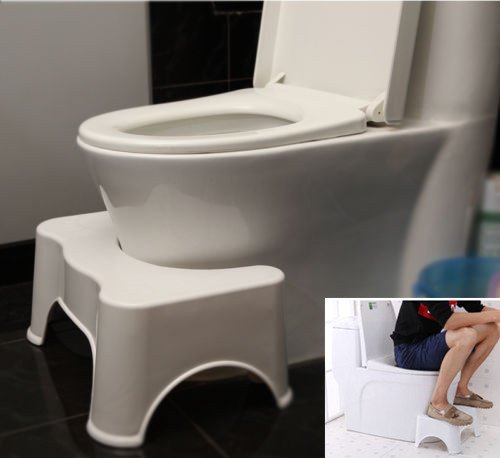 GET YOUR SQUATTY POTTY...IMPROVE YOUR COLON HEALTH GET YOUR SQUATTY POTTY...IMPROVE YOUR COLON HEALTH
|
********************
medical professionals
Learn How to USE HYPOCHLOROUS Acid (HOCL)
Safely & Effectively.
Get A HYPOCHLOROUS acid (HOCL)
Private Use Consultation.
special rate for medical professionals
(Telephone Consultations ONLY)
With medical missionary
Terms of Use: DMCA: Privacy Policy: Disclaimer: Sitemap: Comments Policy:
Affiliate Disclosure: Advertising: Our Beliefs: PMA
|
TOP NATURAL CANCER PROTOCOLS Follow Us:
|
Our VisitorsDo you like the info we share here? Was it of benefit to you? Support our efforts with a donation. Let's keep the information flowing. Any amount helps. Thank you.
|
| ||||||
Amare EDGE
AFFILIATE DISCLOSURE
This information (and any accompanying material) is not intended to replace the attention or advice of a physician or other qualified health care professional.
Anyone who wishes to embark on any dietary, drug, exercise, or other lifestyle change intended to prevent or treat a specific disease or condition should first consult with and seek clearance from a physician or other qualified health care professional. Pregnant women in particular should seek the advice of a physician before using any protocol listed on this website.
The protocols described on this website are for adult use only, unless otherwise specified. Protocol or product labels may contain important safety information and the most recent information provided by the linked product manufacturers, should be carefully reviewed prior to use to verify the usage rate, administration, and contraindications.
National, state, and local laws may vary regarding the use and application of many of the therapies discussed. The reader assumes the risk of any injuries. The authors and publishers, their affiliates and assigns are not liable for any injury and/or damage to persons arising from ANY protocols listed on this website, and expressly disclaim responsibility for any adverse effects resulting from the use of the information contained herein.
The protocols raise many issues that are subject to change as new data emerge. None of our suggested protocol regimens can guarantee health benefits. JA Health Advocate has not performed independent verification of the data contained in the referenced materials, and expressly disclaims responsibility for any error in any of the shared literature.
The information contained herein is not intended to replace a one-on-one relationship with a doctor or qualified healthcare professional. Therefore, this information is not intended as medical advice, but rather a sharing of knowledge and information based on research and experience. JA Health Advocate encourages you to make your own health care decisions based on your judgment and research in partnership with a qualified healthcare professional.
The CLO2 Protocols described on this site are for informational purposes ONLY. The reader accepts 100% responsibility for any and all use made of any information herein.
These statements have not been evaluated by the US Food and Drug Administration or the Jamaica Ministry of Health. The information on this website is not intended to diagnose, treat, cure or prevent any disease. They should not replace personal judgment nor medical treatment, nor are they intended to diagnose, treat, cure, or prevent any disease. Always talk to your Natural Health Provider or M.D. about the use of these or any other complimentary modalities. Reading this website denotes your understanding and agreement to our full disclaimer.
You should contact a trained professional who understands how to safely and effectively use CLO2 and it's derivatives.
The chemicals must be handled with respect. In addition, usage rates and guidelines must be understood and followed carefully. Many individuals have found they can learn to use chlorine dioxide effectively, but this has yet to be recognized by government authorities. The recommendation is for you to find a doctor who will be on board and be supportive of using any of the self-help techniques you may find on this site.
FDA Patents for MMS/CD - Chlorine Dioxide for Cancer Care
FDA Patent: Chlorine dioxide gas for use in treating respiratory virus infection
FDA Patent: Apparatus and method for disinfecting water
FDA Patent for HIV Treatment
FDA Patent for inflammatory diseases
We do not sell products, but we do supply you with links
to approved suppliers who we buy from too.
Copyright © 2020 JA Health Advocate · All Rights Reserved · Powered by DebsWebDesign



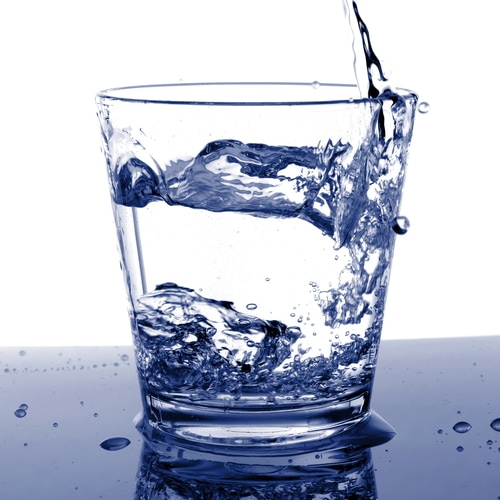
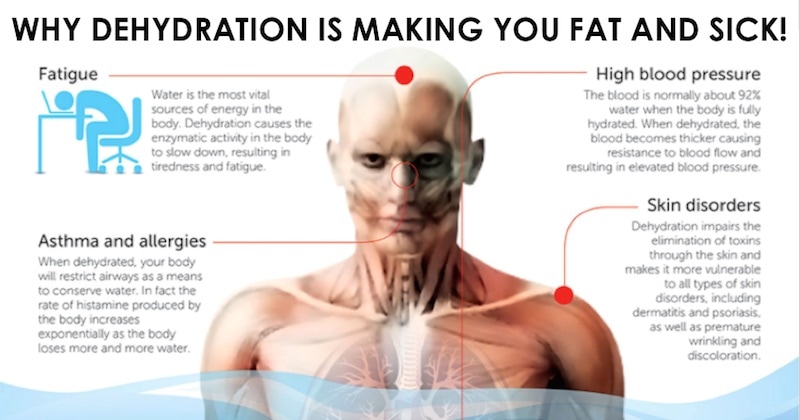
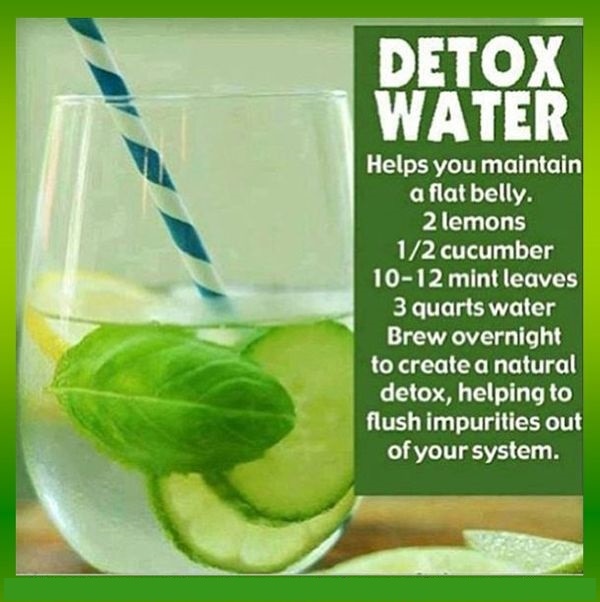
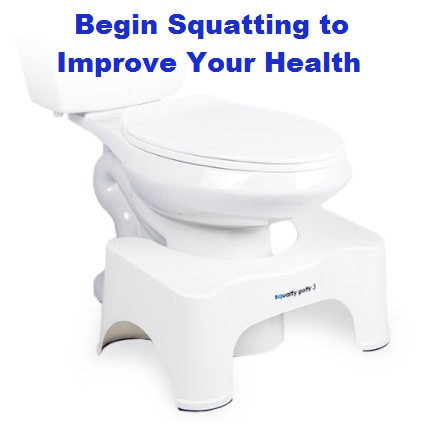
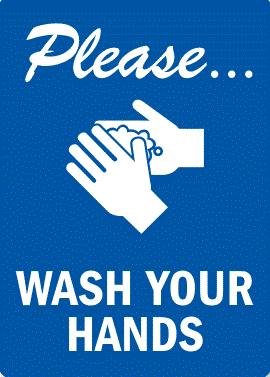
 RSS Feed
RSS Feed

